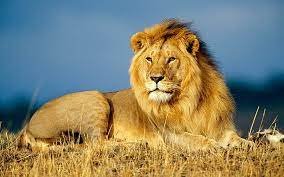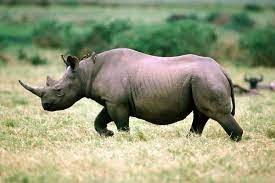Description: With their majestic manes and earth-shaking roars, lions are the epitome of power and regality. Social creatures living in prides, they are apex predators playing a crucial role in maintaining the savanna ecosystem.
Habitat: Lions prefer open grasslands and savannas, where they can easily hunt their prey.
Interesting facts: Lions are the second-largest big cat in the world after tigers. They can reach speeds of up to 50 mph in short bursts.
Where to Find Them: Lions are widely distributed across East Africa, with excellent viewing opportunities in Kenya's Masai Mara, Tanzania's Serengeti National Park, and Uganda's Queen Elizabeth National Park.
BIG FIVE PACKAGE TOUR
Popular Travel biG five safari
Welcome, intrepid explorer, to the realm where myth and majesty collide! Are you ready to answer the call of the wild, to stand toe-to-toe with legends, and to etch an unforgettable adventure into the annals of your memory? Then prepare to be enthralled by the Big Five Safari in the awe-inspiring landscapes of East Africa. Witness the raw power of the Big Five – lion, leopard, elephant, rhino, and Cape buffalo – as they unfold their stories in the untamed wilderness. This is not just a safari; it's an expedition into a world where nature reigns supreme, and every encounter is an epic tale waiting to be told. The Big Five – lion, leopard, elephant, rhino, and buffalo – are not just animals; they're iconic symbols of East Africa's untamed wilderness. Encountering these majestic creatures in their natural habitat is a safari experience unlike any other. Here's a closer look at each member of this legendary group, along with the best places to see them in East Africa:


Description: Known for their solitary nature and exceptional camouflage, leopards are the most challenging of the Big Five to spot. Agile and stealthy, they are opportunistic hunters with a diverse diet.
Habitat: Leopards adapt to diverse environments, from savannas and forests to mountains and deserts.
Interesting facts: Leopards have the widest range of any big cat species. They can drag prey twice their size up into trees to store them.
Where to Find Them: While less common than lions, leopards can be seen in many East African parks, including Kruger National Park (South Africa), Masai Mara National Reserve (Kenya), and South Luangwa National Park (Zambia).

Description: The largest land animal on Earth, African elephants are social creatures with complex family structures and remarkable intelligence. They play a vital role in seed dispersal and shaping the savanna landscape.
Habitat: Elephants thrive in diverse landscapes, including savannas, forests, and wetlands.
Interesting facts: Elephants have excellent memories and can recognize each other after decades of separation. They communicate through infrasonic sounds too low for humans to hear.
Where to Find Them:Elephants are abundant in East Africa, with renowned populations in Amboseli National Park (Kenya), Kruger National Park (South Africa), and Chobe National Park (Botswana).

